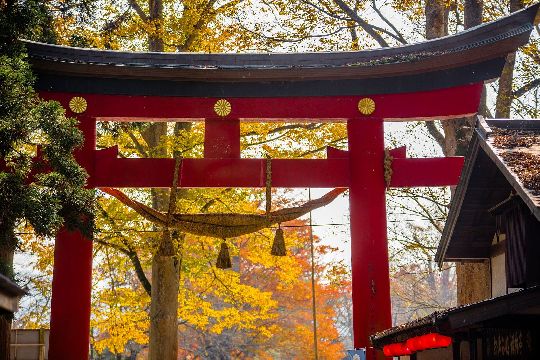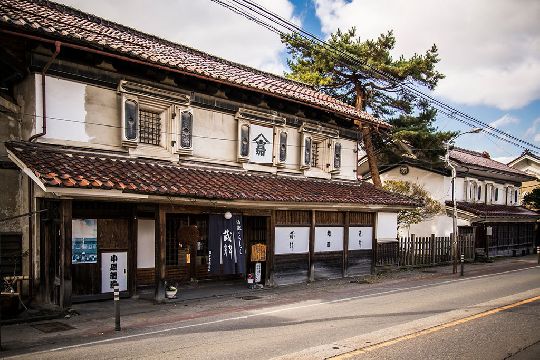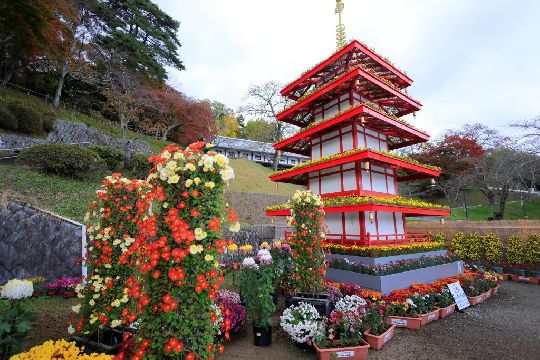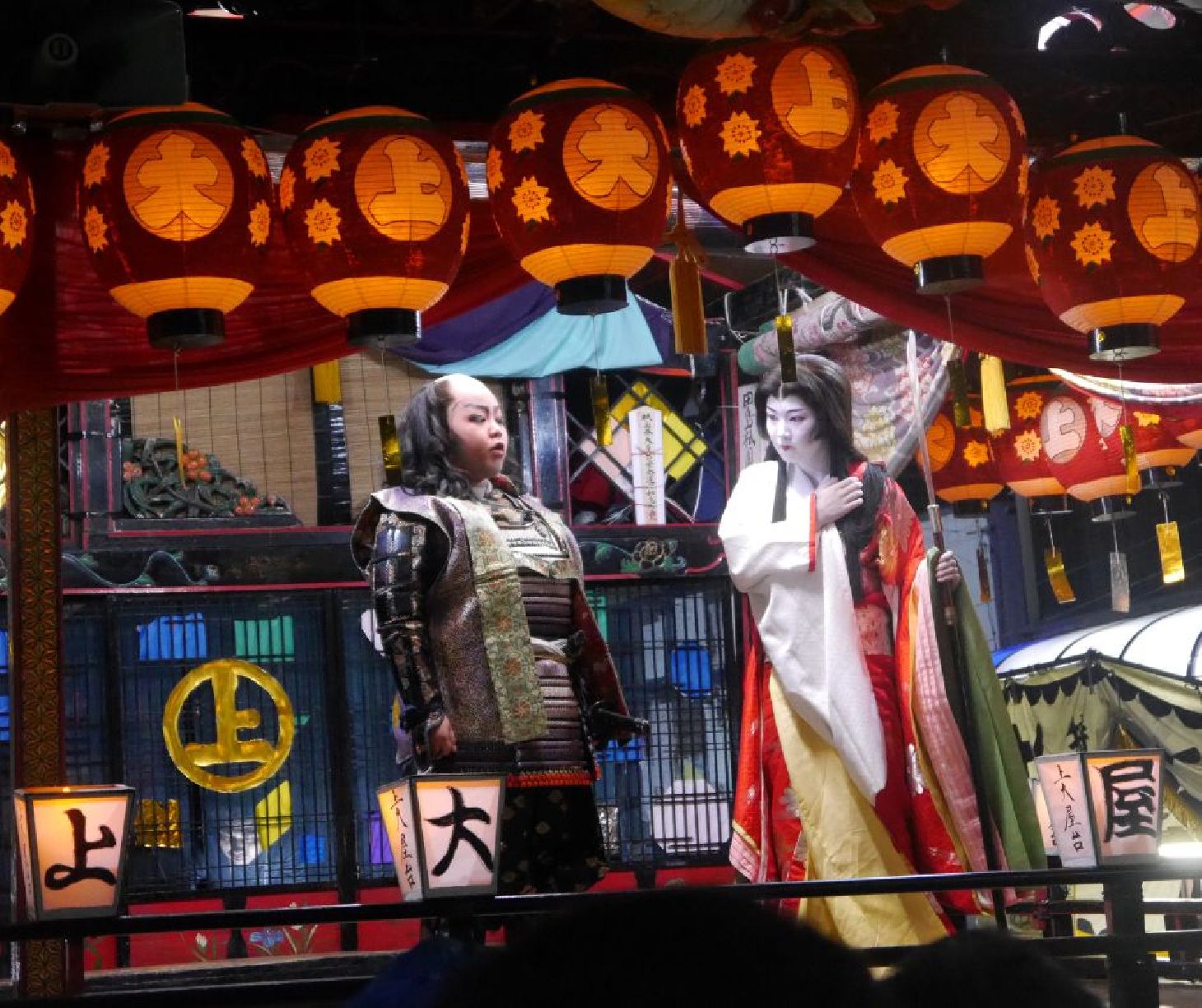
Visit this page for up-to-date information about Fukushima's festivals.
Firework displays, people dressed in yukatas, and delicious street food are some of the typical elements of Japanese summer festivals. During the warmer months of the year, Fukushima prefecture hosts a wide range of events, from festivals of great historical significance to events for fun. These are some summer festivals to look forward to in 2023 (please note that events are subject to change/cancellation):
Soma Nomaoi Festival (Minamisoma City)
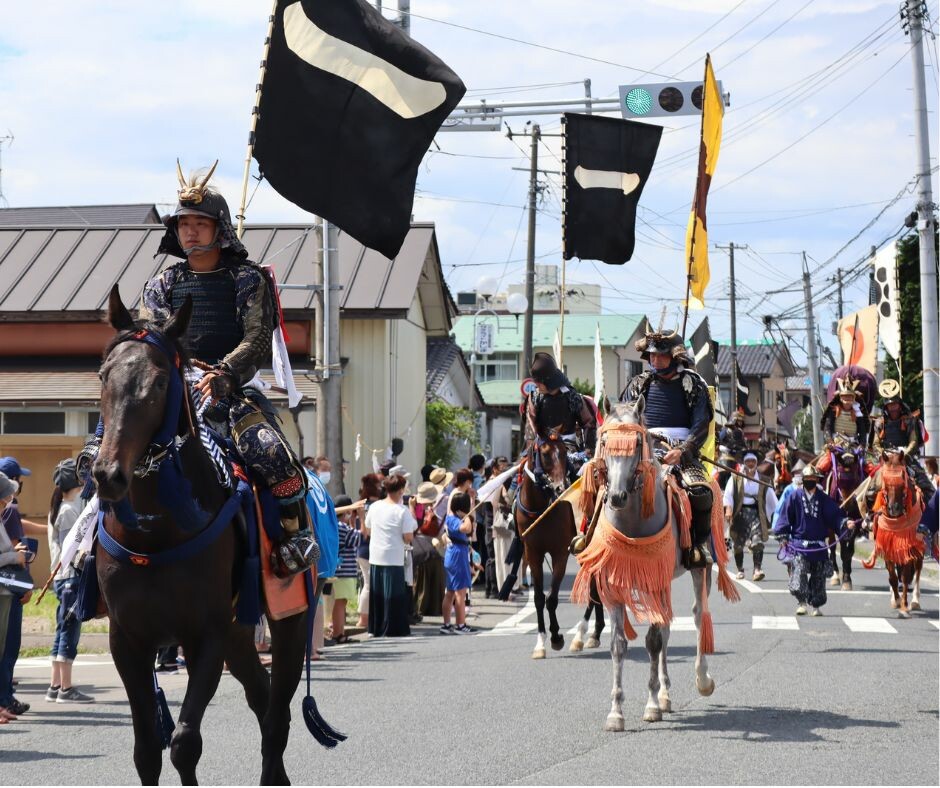
Possibly one of the most anticipated events in Fukushima, this horse-centric festival held yearly in the city of Minamisoma, in the coastal area, has roots in samurai practices reaching back over 1,000 years ago. Read more about the Soma Nomaoi festival here.
- In Japanese: 相馬野馬追
- Place: Hibarigahara Festival Site, Hashimoto-cho 4-13-27, Haramachi-ku, Minamisoma City, Fukushima Pref. 975-0051 View directions
- Date: July 29 (Sat.), 30 (Sun.) and 31 (Mon.), 2023
- Time: The festival has several events, each occurring at different times. Check the official website for details, and check our blog post for a detailed explanation of the flow of the festival.
- Tickets/Cost: Advance tickets (online): 800 yen. Same-day tickets (on site): 1,000 yen.
Fukushima Waraji Festival (Fukushima City)
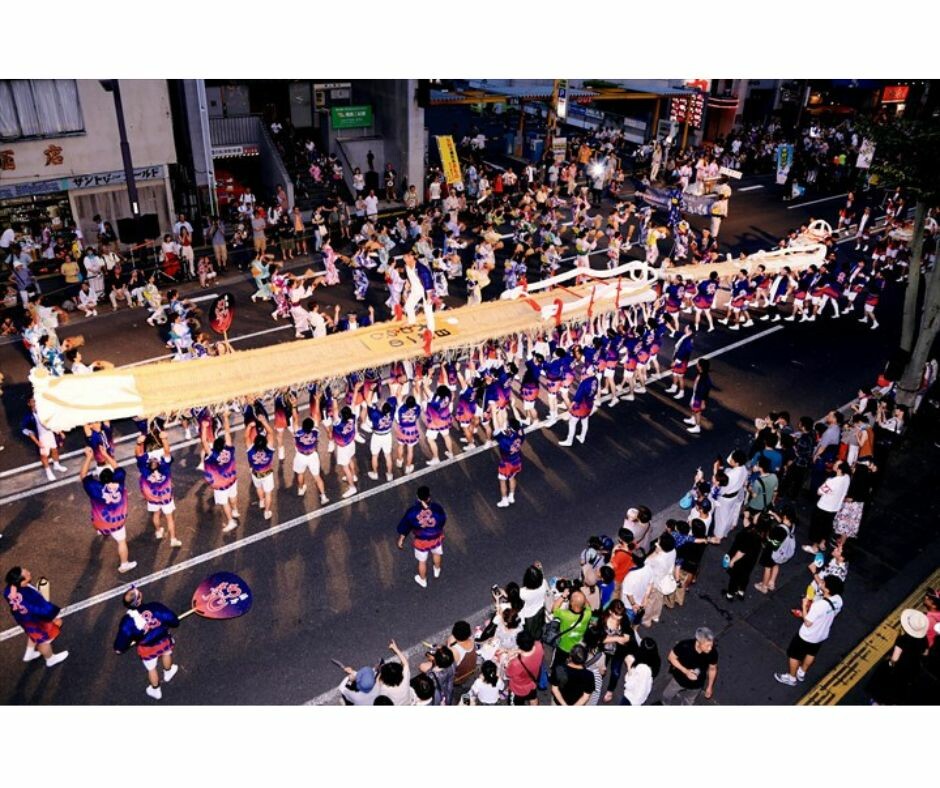
Image courtesy of the Fukushima Waraji Festival Executive Committee (画像提供 福島わらじまつり実行委員会)
In this unique festival, dozens of people parade a huge straw sandal through the streets of Fukushima City. There are dance performances and music, as well as different festivities for visitors to enjoy.
- In Japanese: わらじ祭り
- Place: Route 13 in Central Fukushima City (5 min walk from JR Fukushima Station) View directions
- Date: August 4 (Fri.), 5 (Sat.) and 6 (Sun.), 2023
- Time: Evening (around 5:30 p.m. to 9:30 p.m)
- Tickets/Cost: Free entry, no advance booking required
Tsukimachi no Akari, ‘the Light-Filled Moon-Waiting Party’ (Bandai Town)
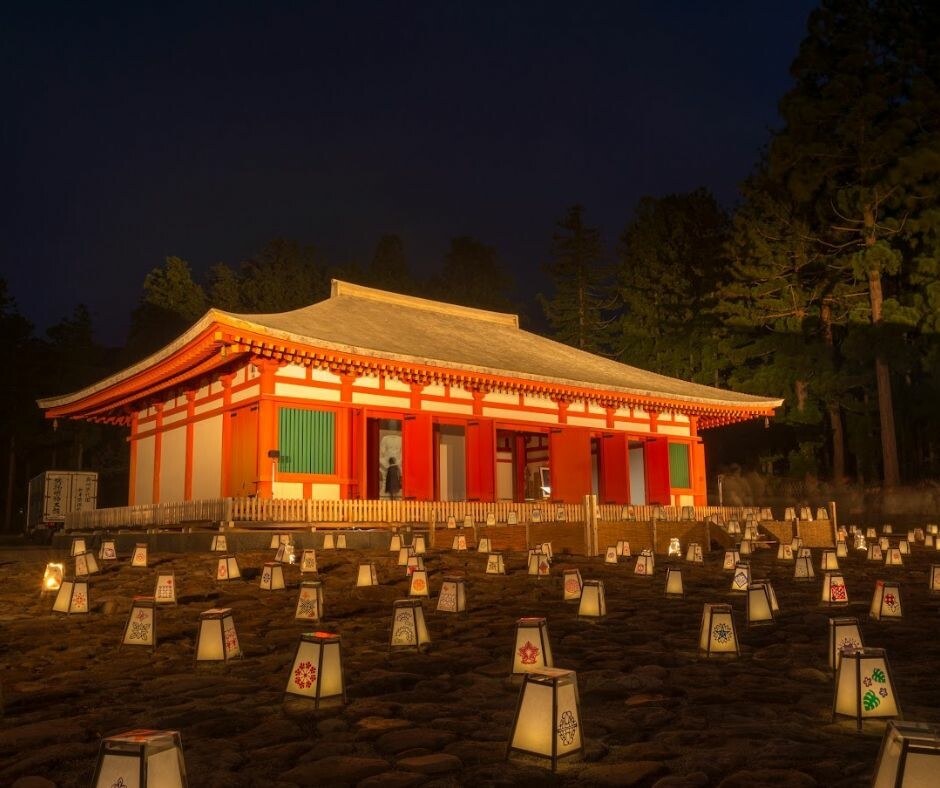
Image courtesy of Gokujo Aizu (極上の会津プロジェクト協議会)
In this incredibly photogenic festival, Enichi-ji Temple, Tohoku’s oldest temple with foundational stones on display, becomes beautifully illuminated.
- In Japanese: 月待ちの灯り
- Place: Enichi-ji Temple (Motoderakami-4950 Bandai, Yama District, Fukushima 969-3301) View Directions
- Date: May 27 (Sat.) & 28 (Sun.), 2023
- Time: 6:30 p.m. to 8:30 p.m.
- Tickets/Cost: Free entry, no advance booking required
Ouchi-juku Hange (Mid-summer) Festival (Shimogo Town)
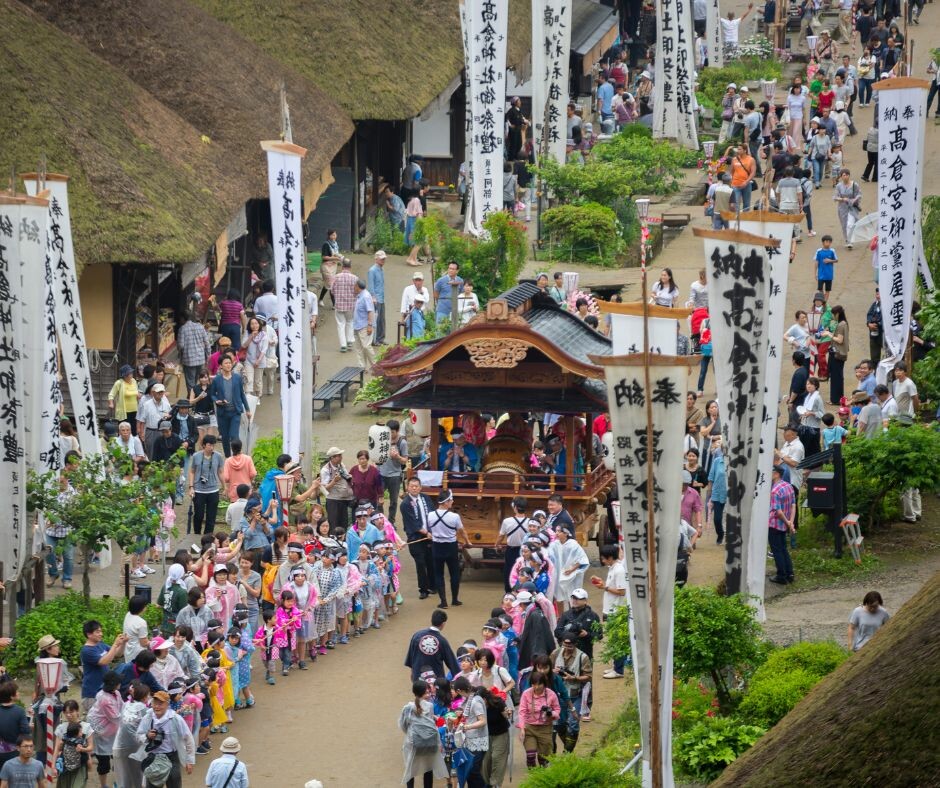
Image courtesy of Gokujo Aizu (極上の会津プロジェクト協議会)
This traditional event is celebrated on the 11th day after the summer solstice, July 2nd, each year. The main event is a solemn procession of men carrying a portable shrine.
- In Japanese: 大内宿半夏祭り
- Place: Ouchi-juku (Yamamoto, Ouchi, Shimogo Town, Minamiaizu District, Fukushima Pref. 969-5207) [Access information]
- Date: July 2 (Sun.), 2023
- Time: To be confirmed
- Tickets/Cost: Free entry, no advance booking required
Sukagawa Shakadogawa River Fireworks Festival (Sukagawa City)
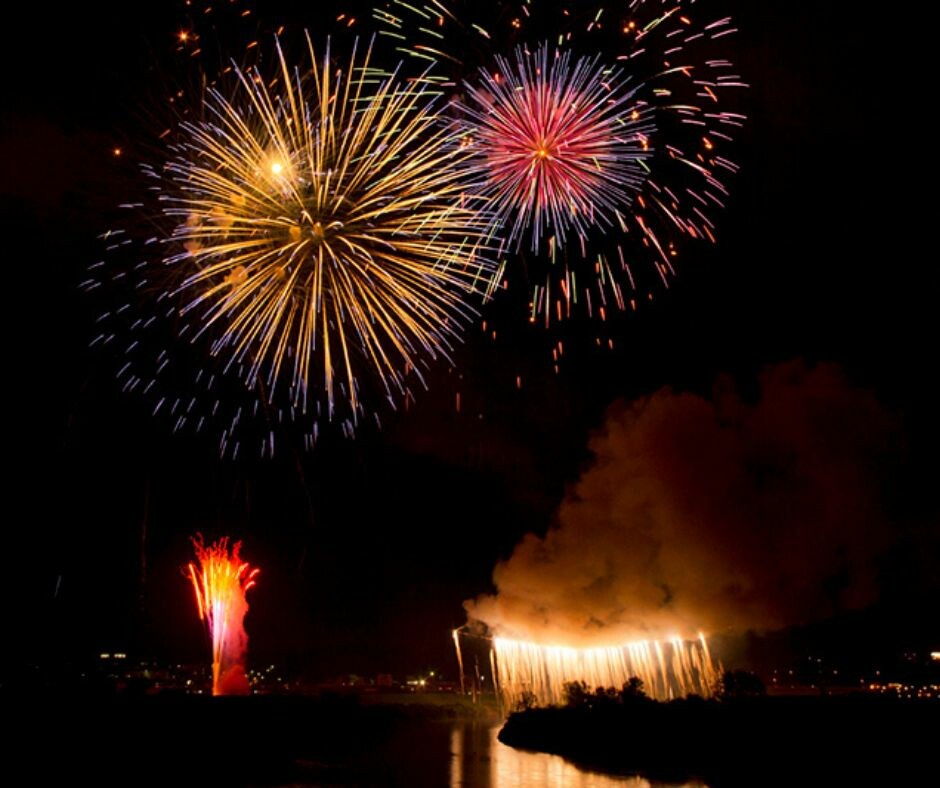
The most famous fireworks display event in Fukushima will be back after a four-year hiatus! See more information about this event here.
- In Japanese: 釈迦堂川の花火大会
- Place: Sukagawa City Citizens’ Sports Plaza
- Date: August 26 (Sat.), 2023
- Time: From 7:00 p.m. to 8:30 p.m. (memorial fireworks scheduled to start at 6:45 p.m.)
- Tickets/Cost: Free entry, no advance booking required
Aizu-Tajima Gion Festival (Minamiaizu)
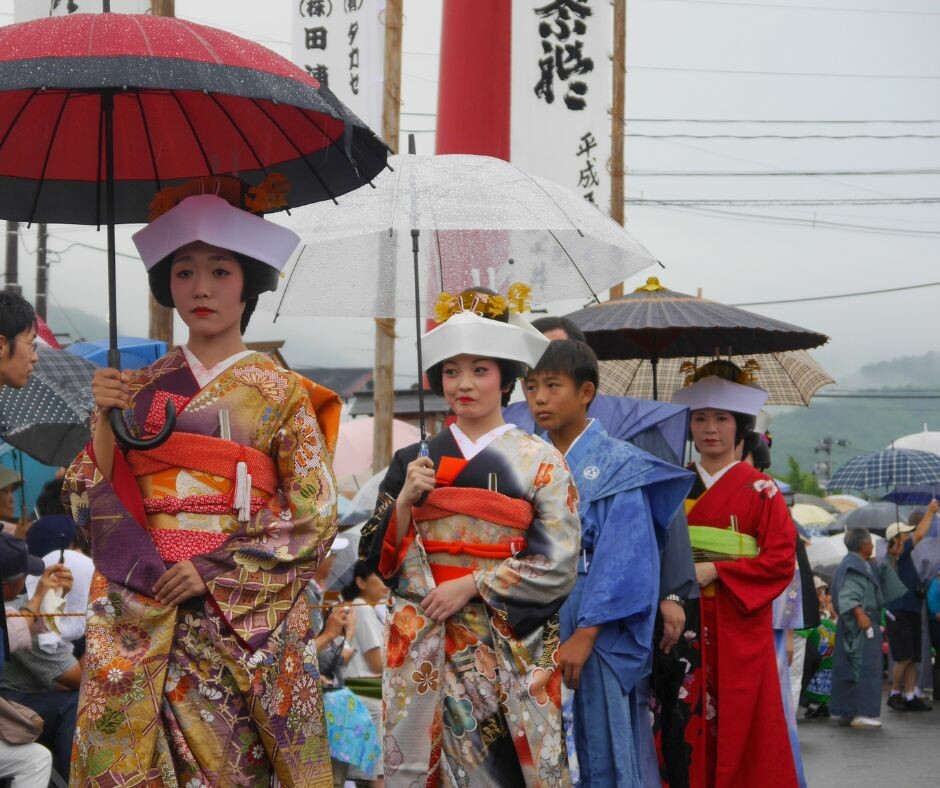
In this centuries-old festival, designated a National Important Intangible Folk Cultural Property, there are music performances, kabuki performances and a procession of women dressed in kimono. For a detailed account of the event, read this post.
- In Japanese: 会津田島祇園祭
- Place: A short walk away from Aizu-Tajima Station View Directions
- Date: July 22 (Sat.), 23 (Sun.), 24 (Mon.), 2023
- Time: To be confirmed (previous year’s schedule as a reference: 22nd: noon to 10 p.m.; 23rd: 7:00 a.m. to 10:30 p.m., 24th: 1 p.m. to 3 p.m.)
- Tickets/Cost: Free entry, no advance booking required
Otaue (Rice Planting) Festivals (Aizu Misato & Aizu Bange Towns)
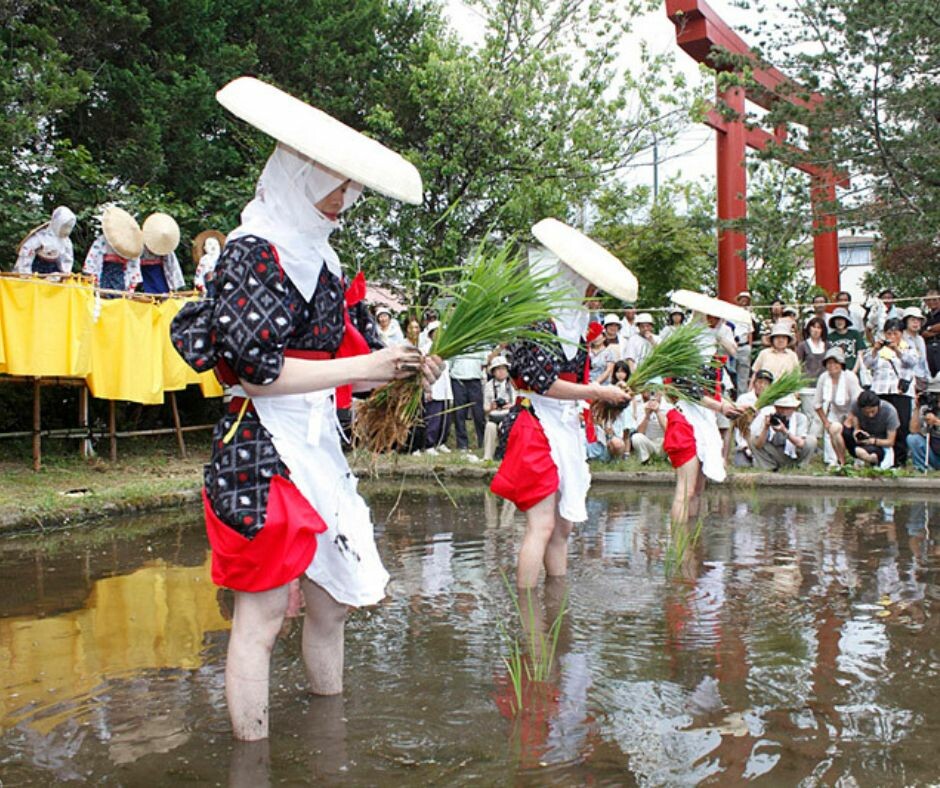
There are two rice planting festivals in the Aizu region (one in Aizu Misato town, and the other one in Aizu Bange town). During these events, townspeople pray for a bountiful harvest.

Image courtesy of Gokujo Aizu (極上の会津プロジェクト協議会)
- In Japanese: 御田植祭
- Place:
- Aizu Misato Town: Isasumi Shrine (4377 Miyabayashi, Aizumisato, Onuma District, Fukushima 969-6263) View directions
- Aizu Bange Town: Kurimurainari Shrine (1922 Nakaiwata, Aizubange, Kawanuma District, Fukushima 969-6564) View Directions
- Dates:
- Aizu Misato Town: July 7 (Fri.), 2023
- Aizu Bange Town: July 12 (Wed.), 2023
- Time: To be determined
- Tickets/Cost: Free entry, no advance booking required
Lake Numazawa Festival (Kaneyama Town)
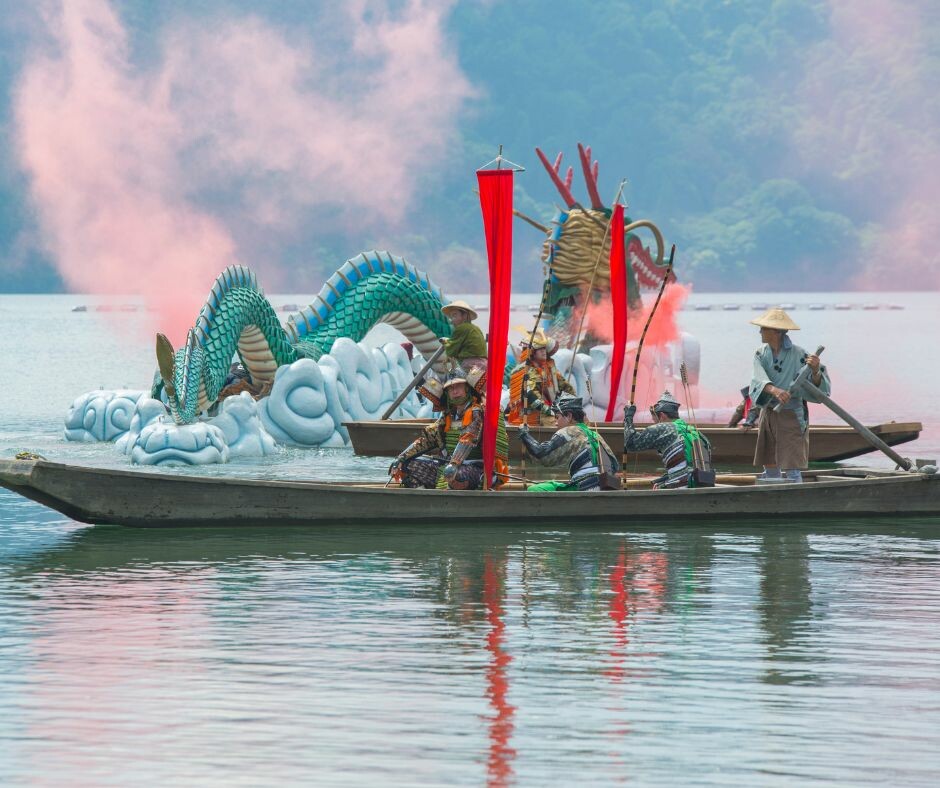
Image courtesy of Gokujo Aizu (極上の会津プロジェクト協議会)
During this two-day event, held at lake Numazawa during the first weekend of August each year, there are concerts, fireworks, and the reenactment of a folktale from Kaneyama Town. See more information here.
- In Japanese: 沼沢湖水まつり
- Place: Lake Numazawa, Kaneyama Town, Onuma-gun, Fukushima Pref. View Directions
- Date: August 5 (Sat.), 6 (Sun.) 2023
- Time: Saturday event times tend to be 1:00 PM - 9:00 PM, with the Sunday event running from 10:00 AM - 3:00 PM (Please check the official event page for up-to-date information)
- Tickets/Cost: Free entry, no advance booking required
